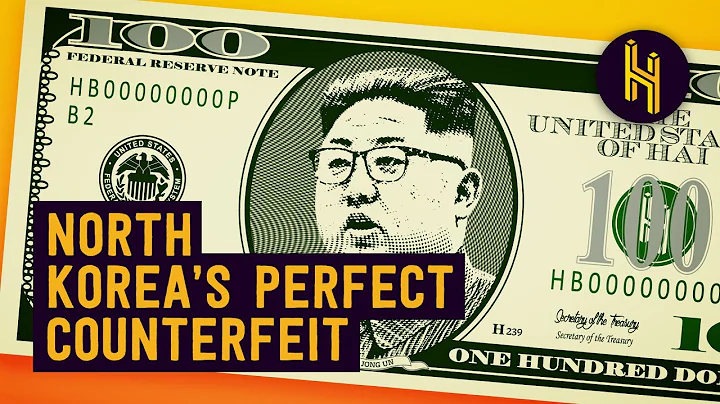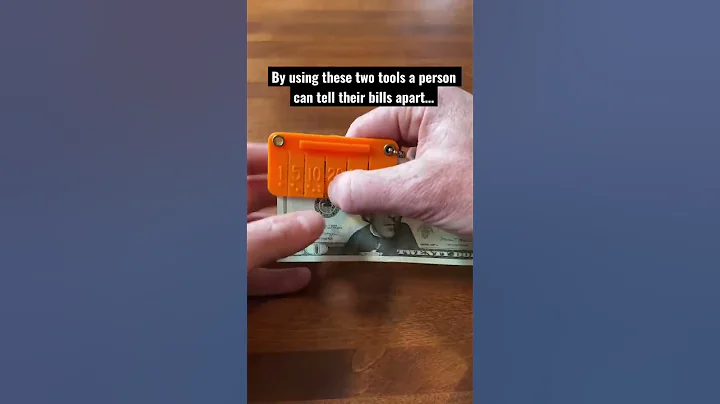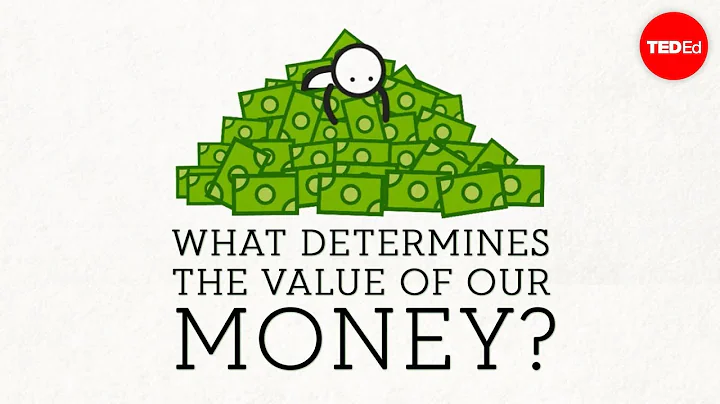Who makes banknotes from wood? Where is the face value of 20 zeros issued? Who launched the first ATM? You'll find the answers to these and other questions in the following article, which will guide you from history and manufacturing processes to the digitization of currency.
1. The first coin in the world

The first coin in the world was the shekel. Before minted coins came into use, various substitutes were used in trade. They paid by barter, and in some parts of the world... shells were used as currency. However, in Mesopotamia around 3,000 AD, the first coins struck in bronze, silver, gold, and gold-silver (a mixture of silver and gold) began to appear.
2. The first mint in the world

The first mint, which struck coins from an alloy of gold and silver and is still mentioned today, was located in the historic land of Lydia in what is now Turkey . Coins were minted there in the 7th century BC to pay soldiers.
3.Why are there grooves on coins?

Coin notches have become a way to protect them from counterfeiters and resource thieves. In colonial America, the weight of a coin corresponded to the value of the raw material from which it was made. Dishonest people sawed the edges of coins in order to collect material from them, which over time accumulated enough to smelt and mint new coins. The sawed-out coins are slightly smaller, but with care, few people will be able to spot the scammer in action. To curb the practice, coins are cut, which makes the counterfeiters' job more difficult.
The grooves of the coins also help blind people identify the coins, so coins of different denominations have different grooves, just like banknotes have Braille dots.
4.Materials for making banknotes

What is money made of? Materials vary around the world, but are almost always wear-resistant paper. So-called banknote paper is made from wood pulp, cellulose and fiber raw materials (such as cotton) in varying proportions. The higher the cotton content of a note, the longer the note will last.
5.The smaller the denomination, the shorter the lifespan.

Banknotes have different lifespans depending on the materials used. $1 lasts an average of 18 months. The 50 zloty note will wear out in 3 to 5 years. A 100-zloty note lasts about 8 years, a 200-zloty note - 10 years, and a 500-zloty note can even last for more than 20 years.
6. Banknotes are replaced very quickly

This has nothing to do with the impact of inflation that may occur when printing banknotes and putting them on the market. As banknotes wear out, they must be constantly replaced with new ones. Only a small percentage of the money printed every day is "new" money, while the financial sector recycles a lot of damaged money, and failure to do so would make the money worthless. New banknotes are also more resistant to counterfeiting and easier to identify than old banknotes.
7. Paper money has a thousand years of history

About 1,000 years ago, the first banknotes printed on paper appeared in China. In 1661, Sweden became the first country in Europe to stake paper money.
The picture shows a Swedish banknote from 1666.
8. Plastic banknotes are becoming increasingly popular

These are banknotes made of polymer. They have been produced since 1980, but only started to appear in large numbers in various countries in 1990. They're waterproof, and in some cases - like the Canadian dollar - they're completely transparent.
9.Wooden Money

One of the strangest materials used to make banknotes in modern times is... wood. A housekeeper in Tenino, Washington, USA came up with the idea of printing denominations on thin wooden boards.
This is linked to large cash outflows from the region and a lack of quick delivery of new banknotes. On the other hand, the area is rich in timber resources.
10. The largest denomination banknote has 20 zeros

The largest denomination banknote has 20 zeros. Due to hyperinflation, the value of money is rapidly decreasing. Ironically, the note didn't even have time to enter official circulation because it devalued so quickly.
So Hungarians decided to name and replace it with another currency. The largest denomination commonly used is 1 trillion pargo , so there are very exaggerated zeros.
11. Smallest banknote

10 Romanian Benny. This denomination is the smallest banknote in the world. It's only 4cm long and 3cm wide, so it's like a stamp.
12. Vertical banknotes

Usually banknotes are printed horizontally. This is the situation in most countries. However, there are also "upside down" banknotes. The most popular is $10 CAD. Canadian currency. The banknote features a portrait of Viola Desmond, a women's rights activist.
The designers decided to make her face look better vertically. Switzerland, Colombia, Venezuela and Bermuda have also seen similar arrangements of banknotes.
13.Photoshop will not let us edit money pictures

Not only Photoshop, but also some other graphics programs, automatically detect scanned high-quality money photos and do not allow us to open and edit them.
14.The first ATM was erected in 1967 at a branch of Barclays Bank in London. Its creator was John Barron, who claimed that the idea for the device came to him while taking a shower.

15.92% The world's currency is virtual

All money in the world has physical form, but the actual currency in circulation only accounts for 8% of the total currency. Everything else is a number in the billing system. That’s because most of us transact via bank transfers, and best of all – this is what the world’s largest companies, organizations and countries do.





















